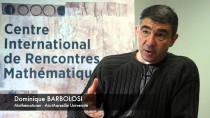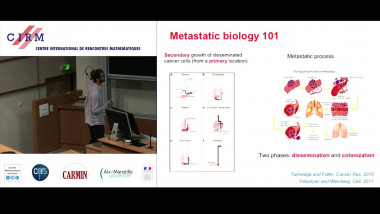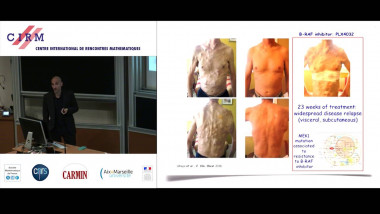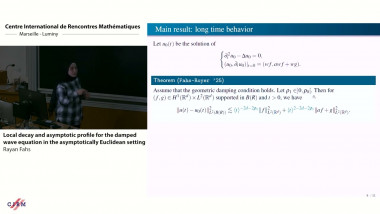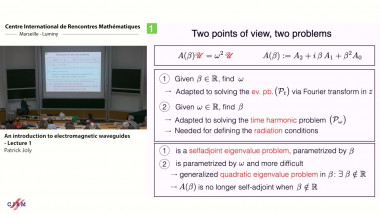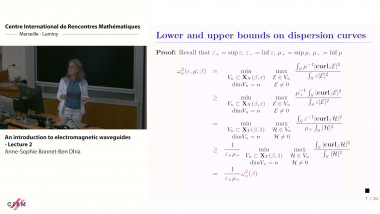Modeling spontaneous metastasis following surgery and concomitant resistance: an in vivo-in silico approach
The post-surgical development of metastases (secondary tumors spread from a primary one) represents the major cause of death from a cancer disease. Mathematical models may have the potential to further assist in estimating metastatic risk, particularly when paired with in vivo tumor data that faithfully represent all stages of disease progression. In this talk I will first describe a modeling approach that uses data from clinically relevant mouse models of spontaneous metastasis developing after surgical removal of orthotopically implanted primary tumors. Both presurgical (primary tumor) and postsurgical (metastatic) growth was quantified using bioluminescence. The model was able to fit and predict pre-/post-surgical data at the level of the individual as well as the population. Importantly, our approach also enabled retrospective analysis of clinical data describing the probability of metastatic relapse as a function of primary tumor size, where inter-individual variability was quantified by a key parameter of intrinsic metastatic potential. Critically, our analysis identified a highly nonlinear relationship between primary tumor size and postsurgical survival, suggesting possible threshold limits for the utility of tumor size as a predictor of metastatic recurrence. In the second part of my talk, I will focus on some very intriguing phenomenon concerning systemic interactions between tumors within the organisms, termed “concomitant resistance”, by which, in the presence of two tumors, one inhibits the growth of the other. This has important clinical consequences as it can lead to post-surgery metastatic acceleration. Based on experimental data involving the simultaneous growth of two tumor implants, we will test biological theories underlying this process and establish a biologically relevant and minimally parameterized mathematical model. These findings represent a novel use of clinically relevant models to assess the impact of surgery on metastatic potential and may guide optimal timing of treatments in neoadjuvant (presurgical) and adjuvant (postsurgical) settings to maximize patient benefit.











